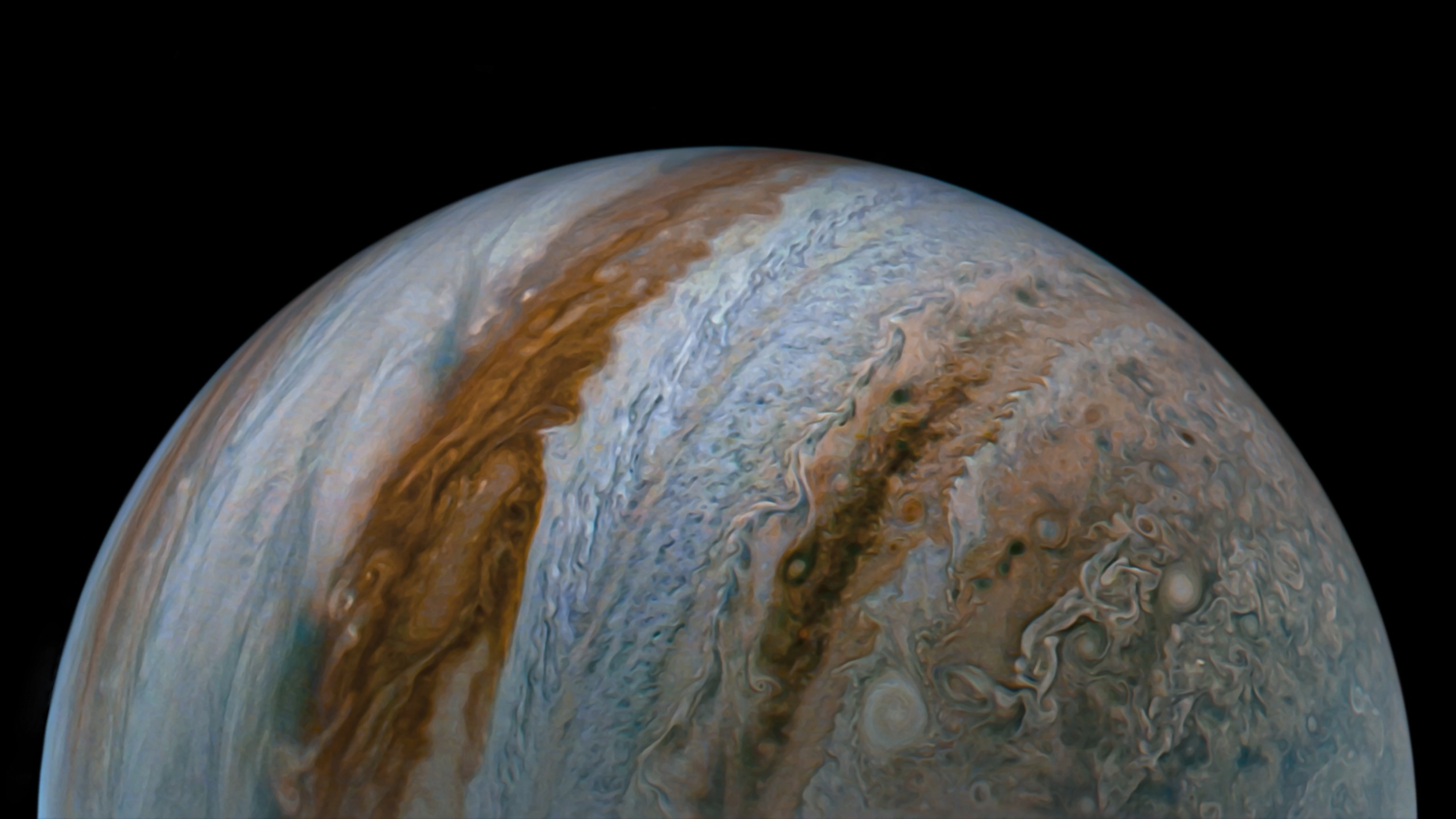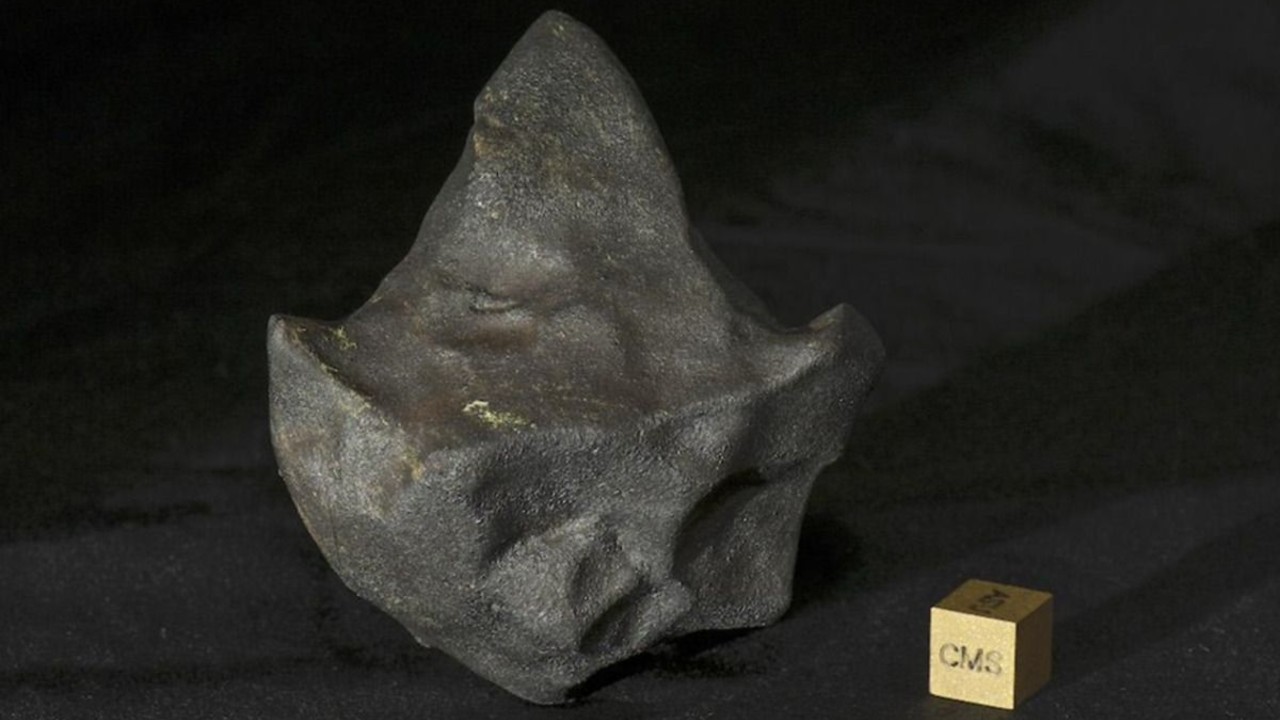How to Create Stunning Scroll Animations in CSS with Trig.js
Scroll animations are an essential part of modern web design, allowing developers to create dynamic and engaging user experiences. Traditionally, libraries like GSAP have been used to create complex scroll effects, but what if you could achieve the same result directly with CSS and a little help from JavaScript? That's where Trig.js comes in! What is Trig.js? Trig.js is a lightweight JavaScript library that bridges the gap between JavaScript and CSS, making scroll animations a breeze. By opening up element position data into CSS variables, Trig.js allows developers to easily create parallax effects and dynamic scroll animations without relying on bulky libraries or complex JavaScript. If you're familiar with CSS animations but want to add more interactivity and dynamic effects to your designs, Trig.js provides a streamlined workflow that every developer can incorporate into their projects. Why Use Trig.js for Scroll Animations? If you're wondering how to make scroll animation in CSS, you might have run into limitations or struggled with complex setups. Using Trig.js, you can easily tap into CSS variables that adjust based on scroll position, enabling you to create fluid scroll animations without needing to master an entirely new library. This makes it perfect for achieving effects that were once only possible in JavaScript-heavy tools like GSAP, but now accessible to anyone using plain CSS! Here’s why you should consider using Trig.js for your next scroll animation project: Seamless Integration: It works directly with CSS variables, allowing for smooth and efficient animation control. Lightweight: Unlike many animation libraries, Trig.js is minimalistic and won't bog down your project. Ease of Use: It offers a workflow that every developer is already familiar with – manipulating CSS variables – while adding the power of JavaScript to make scroll animations more dynamic. How Does It Work? Trig.js exposes element position data, which is automatically mapped to CSS variables. As the user scrolls, the library updates the variables, which in turn drive the scroll animation in CSS. This process makes it simple to create complex scroll effects without the need for complex JavaScript or external libraries like GSAP. Here’s how to get started with Trig.js: 1️⃣ Install Trig.js First, include the Trig.js library in your project. You can add it via a CDN like so: 2️⃣ Add Animation Data Attributes Trig.js uses data-trig attributes to activate animations on elements. You can use data-trig-var to bind the scroll position data to a CSS variable. Here’s an example of how to set this up in your HTML: Scroll me! This will make the scroll position data available for use in CSS. 3️⃣ Customize Animations Now that you've linked the scroll position data to a CSS variable, you can easily create scroll animations in CSS. Here's an example that moves the element horizontally as you scroll: .element { transform: translateX(var(--trig)); } As the user scrolls, the element will move horizontally, creating a smooth scroll animation effect. Full Example: Scroll me! .element { transform: translateX(var(--trig)); transition: transform 0.3s ease-out; } This is a simple setup to create scroll animations using CSS and Trig.js. As you scroll, the --trig variable updates, and the element moves across the screen. Examples in CodePen Need some inspiration? Check out my CodePen collection featuring several interactive scroll animations built with Trig.js. From simple parallax effects to more intricate designs, you can see the potential of CSS-based scroll animations in action. Getting Started with Trig.js To start using Trig.js in your projects, you can easily install it via npm or download the script directly from the GitHub repository. For a more in-depth look at how to use Trig.js for your scroll animations, check out my full tutorial on Dev.to. Conclusion Scroll animations are a powerful way to enhance the user experience on your website, and Trig.js makes it easier than ever to create them using just CSS with the help of Trig.js. Whether you're building a parallax effect or want to animate elements based on scroll position, Trig.js opens up new possibilities for achieving dynamic and smooth scroll animations with minimal effort. Start creating stunning scroll animations today with Trig.js and watch your website come to life! Resources Trig.js GitHub Repository Trig.js Tutorial on Dev.to CodePen Collection of Examples Related Terms: scroll animations css how to make scroll animation in css scroll animation css codepen scroll animation css javascript CSS scroll animation tutorial Trig.js scroll animations

Scroll animations are an essential part of modern web design, allowing developers to create dynamic and engaging user experiences. Traditionally, libraries like GSAP have been used to create complex scroll effects, but what if you could achieve the same result directly with CSS and a little help from JavaScript? That's where Trig.js comes in!
What is Trig.js?
Trig.js is a lightweight JavaScript library that bridges the gap between JavaScript and CSS, making scroll animations a breeze. By opening up element position data into CSS variables, Trig.js allows developers to easily create parallax effects and dynamic scroll animations without relying on bulky libraries or complex JavaScript.
If you're familiar with CSS animations but want to add more interactivity and dynamic effects to your designs, Trig.js provides a streamlined workflow that every developer can incorporate into their projects.
Why Use Trig.js for Scroll Animations?
If you're wondering how to make scroll animation in CSS, you might have run into limitations or struggled with complex setups. Using Trig.js, you can easily tap into CSS variables that adjust based on scroll position, enabling you to create fluid scroll animations without needing to master an entirely new library. This makes it perfect for achieving effects that were once only possible in JavaScript-heavy tools like GSAP, but now accessible to anyone using plain CSS!
Here’s why you should consider using Trig.js for your next scroll animation project:
- Seamless Integration: It works directly with CSS variables, allowing for smooth and efficient animation control.
- Lightweight: Unlike many animation libraries, Trig.js is minimalistic and won't bog down your project.
- Ease of Use: It offers a workflow that every developer is already familiar with – manipulating CSS variables – while adding the power of JavaScript to make scroll animations more dynamic.
How Does It Work?
Trig.js exposes element position data, which is automatically mapped to CSS variables. As the user scrolls, the library updates the variables, which in turn drive the scroll animation in CSS. This process makes it simple to create complex scroll effects without the need for complex JavaScript or external libraries like GSAP.
Here’s how to get started with Trig.js:
1️⃣ Install Trig.js
First, include the Trig.js library in your project. You can add it via a CDN like so:
2️⃣ Add Animation Data Attributes
Trig.js uses data-trig attributes to activate animations on elements. You can use data-trig-var to bind the scroll position data to a CSS variable. Here’s an example of how to set this up in your HTML:
class="element" data-trig data-trig-var="true">Scroll me! This will make the scroll position data available for use in CSS.
3️⃣ Customize Animations
Now that you've linked the scroll position data to a CSS variable, you can easily create scroll animations in CSS. Here's an example that moves the element horizontally as you scroll:
.element {
transform: translateX(var(--trig));
}
As the user scrolls, the element will move horizontally, creating a smooth scroll animation effect.
Full Example:
class="element" data-trig data-trig-var="true">Scroll me! 
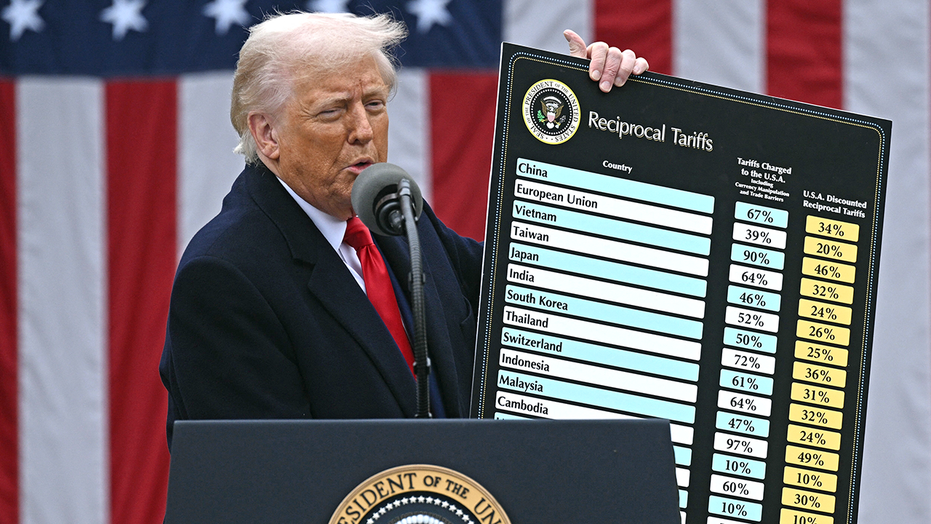

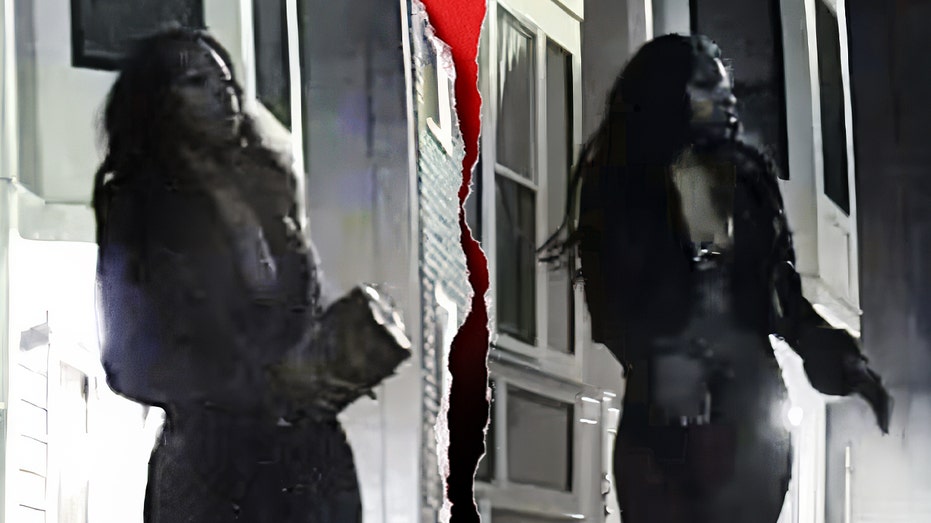









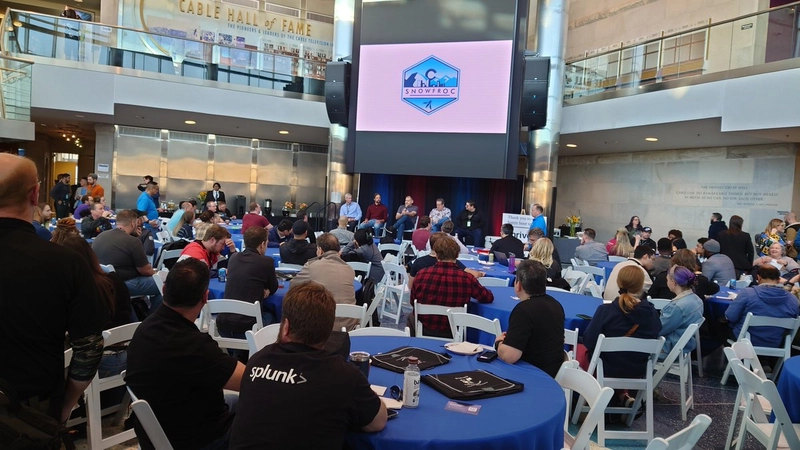







_Hanna_Kuprevich_Alamy.jpg?#)











